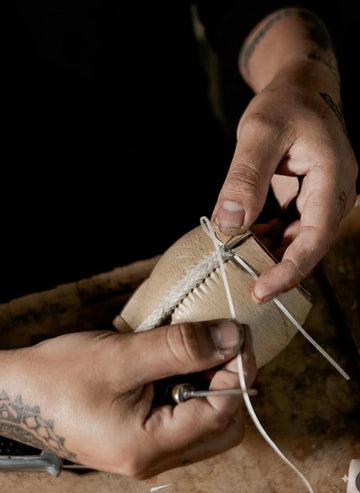Blog Matero – Tout sur l’Univers du Yerba Maté

Maté et Santé : Le Vrai du Faux sur les Risques (Cancer, HAP et Température)
Vous avez lu que le maté pouvait être dangereux ? Ne paniquez pas. La science...
En savoir plus
Top 10 des Meilleures Yerba Maté 2025 : Les Plus Vendues chez El Gaucho
En 2025, la consommation de yerba maté continue de conquérir le monde. Chez El Gaucho,...
En savoir plus
Maté Argentin : Guide Complet de la Tradition d'Argentine
Emblème culturel d'Argentine, le maté argentin est plus qu'une infusion : un rituel quotidien, un...
En savoir plus
Yerba Maté Latte : la recette facile (version chaude & glacée)
Préparez un yerba latte crémeux : chaud & glacé, étapes simples, choix du lait et...
En savoir plus
bienfaits
Maté : guide complet des bienfaits
Le maté apporte une énergie stable sans crash, améliore la concentration et soutient la digestion....
En savoir plus
Calebasse du maté : origine, fabrication et curado
hola amigos, découvre le voyage du porongo : culture en Amérique du Sud, séchage patient,...
En savoir plus
La Légende et l'Âme du Maté : Un Voyage à Travers le Temps
Découvrez la magnifique légende guaranie du maté : Yací la déesse Lune, le guerrier courageux...
En savoir plus
Où se cultive la yerba mate ? Climat, saisonnalité et secrets de la plantation
Découvre l’univers fascinant de la yerba mate 🌿 : son lieu de culture, son cycle...
En savoir plus
Les 8 Erreurs les Plus Communes lors du Curage de Calebasse (et Comment les Éviter)
Découvrez les 8 erreurs les plus communes qui peuvent ruiner votre calebasse dès le premier...
En savoir plus
blend
La Route du Maté : Voyage de la Forêt de Misiones à votre Calebasse
Découvrez l'extraordinaire voyage de la yerba mate depuis les yerbales de Misiones jusqu'à votre calebasse...
En savoir plus
Tereré : l’art paraguayen de l’été — un conte de fraîcheur et de partage
Plus qu’une boisson glacée, le tereré est un rite social né des Guaranis : un cercle,...
En savoir plus
mate cocido
Le Maté Cocido : Tradition Sud-Américaine et Bienfaits pour Toute la Famille
Le maté cocido, version familiale du yerba maté, démocratise cette tradition argentine. Simple à préparer...
En savoir plus
